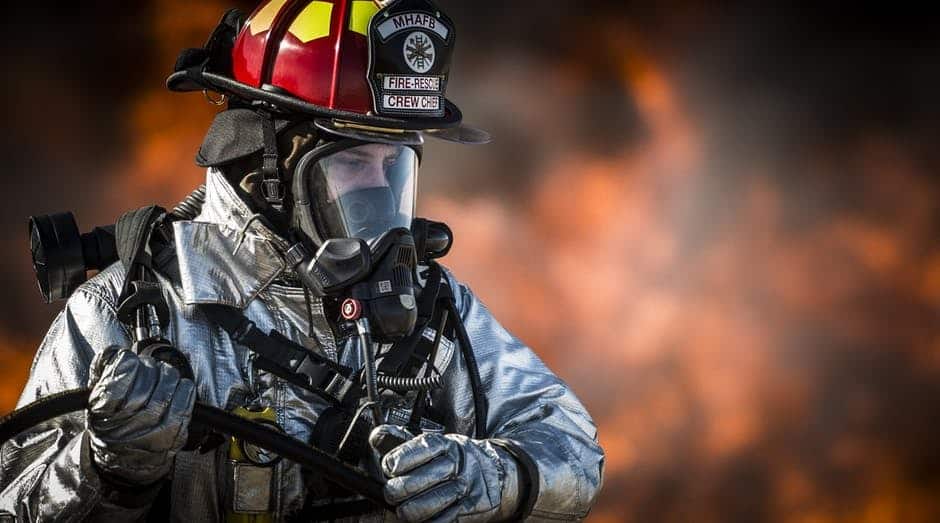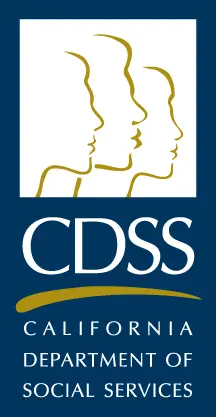First responders are regarded as some of the bravest, but most overworked occupations in North America. Routinely, these workers run into highly stressful and dangerous situations to save lives but are often stigmatized for showing any negative reactions to such stressors.
To help combat these stereotypes and stigmas, first responders are pushing for a change of language to accurately describe what they are going through. The term post-traumatic stress disorder (PTSD) is full of societal stigma and is often a reason why people who struggle with its symptoms do not seek help. For some, the idea of someone struggling with PTSD will either make them scared or even dismiss the symptoms as a sign of weakness.
To combat the myths, misconceptions, and stigma of PTSD, a change has been proposed to the name. The result of this change is post-traumatic stress injury (PTSI) because it is a more accurate description of what is happening. To understand this more, it is important to look at the definitions and reasonings behind this distinction.
What Is the Difference Between PTSD And PTSI?
- PTSD is a psychiatric disorder that can result from witnessing or living through a traumatic event.
- PTSI has the same symptoms as PTSD but is considered an injury as it affects the nervous system.
The symptoms these two share include:
- Nightmares and night terrors
- Experiencing flashbacks
- Self-destructive behavior, such as substance abuse
- Self-isolation
- Change in mood
Usually, these symptoms occur when someone is experiencing or witnessing a traumatic, confusing, or terrifying event, such as:
- Natural disasters such as tornados, floods, and wildfires
- Gun violence and active combat
- Being attacked by a person or animal
- Witnessing the death of or discovering a dead person or animal
- Constant extreme stress
Whereas most people will run into a few of these situations in their lives, first responders are constantly dealing with them as part of their daily life. As a result, the constant stress and trauma can cause physical damage and sometimes permanent damage to the nervous system.
The mind is more connected to the body than one may realize. Sometimes to cope with the constant trauma, biological chemicals are changed and neural pathways are rerouted to attempt to protect the body. The entire nervous system is affected by this and treatment can sometimes be difficult to undo the biological damage.
Why Make the Distinction?
This distinction is important because it is a more accurate description of what happens to a first responder. A person who works at a job pulling levers all day may eventually develop a repetitive motion disorder as a result of their job. A first responder who develops PTSI is the same as any other person who develops an occupational injury and deserves the same respect and treatment as such.
The distinction helps first responders reach out for treatments and allows them to find the help they need to afford treatment. Some places still consider PTSD to not be an occupational hazard and thus do not put in funding for treatment. The distinction of PTSI being an injury that can be obtained while working a job offers possibilities of legal protection and funding, both of which first responders need and deserve.
How Does This Affect Treatment Options?
Those that struggle with PTSI will need treatment options that are different than those with PTSD. PTSI changes the body’s nervous system. Of course, the person will still undergo the most common treatment options for PTSD, such as psychotherapy. However, work will need to be done to repair the physical damage as a result of the trauma. Sometimes PTSD requires medication to help manage the symptoms, but someone with PTSI will most certainly need medical help that may go beyond just medication.
Research is still being done in figuring out the best way to repair a damaged nervous system and keep such damage from becoming worse. Perhaps one of the best things to do is to prevent the injury from happening in the first place by attempting preventative treatment and counseling for first responders. Although, this is still difficult due to funding, but with the designation of PTSI, perhaps preventative treatment may become a normal part of the job.
Society still has a long way to go with how they view mental disorders like PTSD. A lot of toxic viewpoints still hold strong among many people who make the laws and provide funding for research. These harmful ideals continue to hurt those that need the help the most, including people that put themselves in danger every day. In time, the distinction will allow more options for protection and treatments, which will eventually pave the way for more accepting societal views. Change is slow, but the first step has already begun. In time, it might be possible to see the world normalize asking for help.
First responders deserve all the resources and help they need to stay healthy so they can continue to save lives. People that are willing to sacrifice their lives to keep us safe do not deserve stigma, shame, or judgment for the injuries they acquire as a result, both mentally and physically.
At Acera Health in Costa Mesa, California, we understand that there is a different way of treating PTSI compared to PTSD. Here, your whole body is treated, including your nervous system. An injured nervous system will affect the mind and must be treated to bring peace and comfort to those that struggle and live with PTSI.
We also offer many kinds of treatment options to find the one that best fits you and your needs. If you are or someone you know is a first responder struggling with symptoms of PTSI, please contact us at (949)-866-3881 today.









